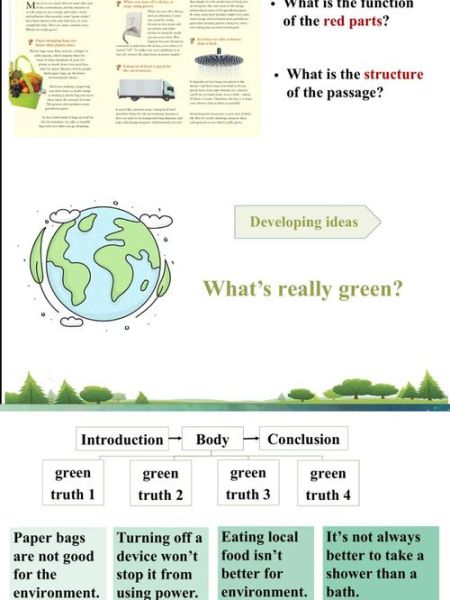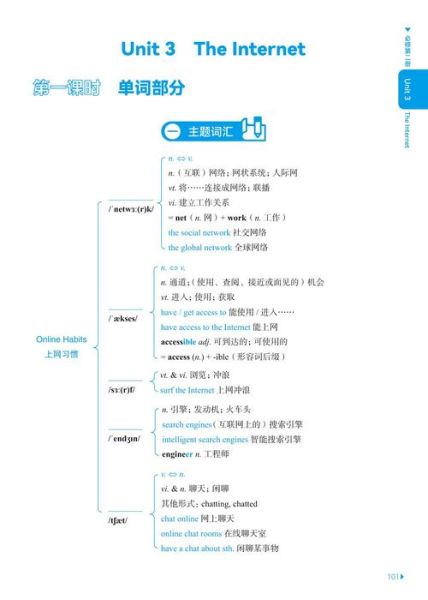Energy Internet is a decentralized, digitalized and democratized energy system that connects millions of small-scale producers, consumers and prosumers through real-time data, smart contracts and bidirectional power flows. It mirrors the architecture of the information internet, but instead of packets of data it routes electrons, carbon credits and price signals.

Why Is the Traditional Grid No Longer Enough?
The legacy grid was engineered for one-way delivery from a handful of large plants to passive users. It struggles with:
- Volatility caused by solar and wind
- Asset under-utilization—average transmission lines run at 50 % capacity
- Information asymmetry—retailers know little about real-time demand
Energy Internet solves these pain points by turning every connected device into a node that can both request and supply services.
What Are the Core Building Blocks?
1. Digital Twin of the Grid
A cloud-based replica of physical assets—lines, transformers, batteries—updated every second. Utilities run millions of “what-if” scenarios before dispatching power, cutting outage minutes by 30 %.
2. Blockchain-Based Settlement Layer
Smart contracts automate peer-to-peer trades. In Brooklyn, households sell excess rooftop PV to neighbors at 2 ¢/kWh above wholesale, bypassing retailers entirely.
3. Edge AI Controllers
Match-box sized devices attached to inverters predict local demand within 200 ms, enabling voltage support and frequency regulation without central instructions.

How Does Data Flow Differ from Electrons?
Electrons still obey Kirchhoff’s laws, but data takes a separate, faster route:
- Smart meters publish 1-second interval readings to an MQTT broker.
- An AI engine forecasts net load for the next five minutes.
- A blockchain notarizes the forecast as a non-repudiable commitment.
- Only then are switching commands sent to solid-state circuit breakers.
This decoupling prevents cascading failures and allows software-defined power paths.
Who Owns the Infrastructure in an Energy Internet?
Ownership is sliced into three interoperable layers:
- Hardware layer—wires, poles, batteries remain regulated utilities
- Protocol layer—open-source standards like IEEE 2030.5 are governed by consortia
- Service layer—start-ups sell analytics, insurance or carbon offsets on top
This separation lowers entry barriers and fosters innovation while keeping critical assets under public oversight.
Can Energy Internet Survive Cyber-Attacks?
Yes, by borrowing zero-trust principles from cloud computing:

- Device attestation—every inverter must present a signed firmware certificate before joining the mesh.
- Micro-segmentation—a compromised home battery cannot talk to substation SCADA.
- Homomorphic encryption—grid operators compute optimal power flows without decrypting sensitive household data.
During the 2023 Nordic drill, a red-team took down 15 % of nodes yet the system re-balanced within 90 seconds.
What Business Models Emerge?
Transactive Energy Retailer
Aggregates 10,000 households, bids their flexibility into the ancillary-services market and shares 70 % of the revenue.
Energy-as-a-Service Subscription
Apartment owners pay a flat monthly fee; the provider installs PV, batteries and heat-pumps, guaranteeing a 20 % bill reduction.
Carbon Streaming Platform
Tokenizes avoided emissions from rooftop solar and sells them to airlines in real time, creating a new income stream for homeowners.
How Fast Is Global Adoption?
According to the International Energy Agency:
- 2020: 23 GW of distributed resources were digitally orchestrated
- 2025 forecast: 180 GW
- 2030 target: 1 TW—equal to the entire U.S. generation fleet today
China’s State Grid alone plans 3,000 “Energy Internet Towns” by 2027, each integrating EV charging, district heating and industrial loads under one digital market.
What Regulatory Tweaks Are Needed?
Three low-cost reforms unlock massive value:
- Dynamic tariffs—allow prices to change every 15 minutes instead of every season
- Grid-code neutrality—let any certified device provide voltage support, not just utility-owned capacitors
- Data portability—consumers can move their usage history to a new retailer in one click, spurring competition
Denmark implemented the first two in 2021 and saw household peak demand drop 11 % without new wires.
Does Energy Internet Kill Central Power Plants?
No. Baseload plants morph into carbon-firming resources. When a week-long cloud cover hits Germany, gigawatt-scale offshore wind parks continue to feed the digital market, but flexible gas turbines ramp up for the final 10 %, earning scarcity rents defined by smart contracts. The result is a hybrid topology: abundant distributed nodes plus strategic centralized backbones.
What Skills Will Tomorrow’s Engineers Need?
- Fluency in Python and IEC 61850—bridging IT and OT worlds
- Understanding of game theory to design fair peer-to-peer markets
- Certification in cyber-physical security standards like NERC CIP-013
Universities from Aachen to Austin now offer joint degrees in “Digital Energy Systems”.
Can Households Really Profit?
A three-bedroom home in Adelaide with 8 kW PV, 13.5 kWh battery and a bidirectional EV charger earned AUD 1,340 last year by:
- Selling stored solar during evening peaks at AUD 0.45/kWh
- Providing fast-frequency response to the grid operator for AUD 85/MW per hour
- Buying wind power at AUD 0.08/kWh during overnight surplus
The payback period fell from 9 to 5.8 years after joining the local Energy Internet cooperative.
```

评论列表